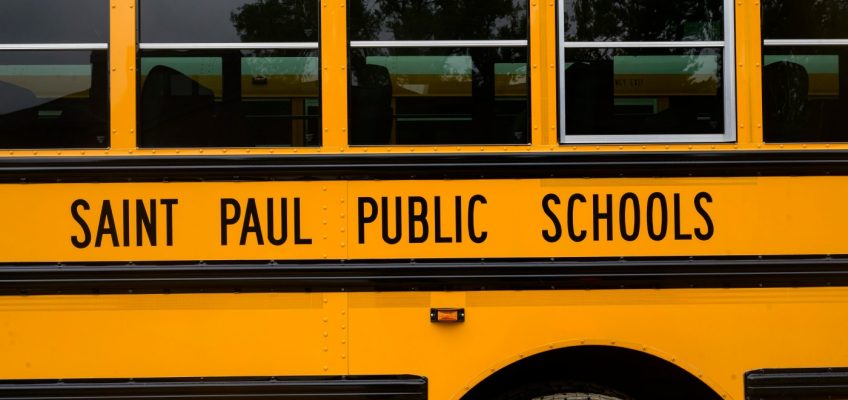The St. Paul Public Schools board unanimously approved a property tax levy at 2% less than the one a year ago.
The approved levy amount for the 2026-2027 school year is $216.48 million, or 1.98% less than the previous year. At this point, the board can lower that amount but not raise it any higher. It will be finalized in December.
That doesn’t mean all homeowners will see a 1.98% decrease in their property taxes that go to the district, said Tom Sager, the district’s executive chief of financial services. That depends on factors such as property values, which can fluctuate depending on neighborhoods.
“And (property owners) really won’t know the impact that this is going to have until they receive that preliminary statement because this decrease in the school district property tax levy is only one of many, many variables that go into it,” Sager said, of overall tax bills.
Why is the levy being cut?
District officials attributed the reduction in the levy largely to changes in how the state factors costs for retiree health insurance, pensions, severance and unemployment payments, which reduced overall expenses for SPPS.
Plus, additional state aid for community service programs also offset some district costs.
Local property taxes account for around 20% of the SPPS budget.
A reduction in the district’s levy isn’t common. In the past five years, the district’s total property tax levy has increased on average by 3.5% annually.
November referendum
While Tuesday’s levy decision is part of an annual process, a November referendum will ask voters to increase the district’s general revenue by $1,073 per pupil for 10 years, beginning with taxes payable in 2026. The district currently spends more than $23,000 per pupil each year.
The result will cost the average St. Paul homeowner — with the median home valued at $289,200 — $309 per year, or $26 per month. The 10-year tax is subject to increase with inflation.
Voters approved similar referendums in 2018, 2012 and 2006. The 2018 levy referendum gave the district $1,180 per student, or $18.6 million per year plus inflation, in new revenue.
If approved by voters, the increase will generate approximately $37.2 million per year in additional revenue. The school board approved a $1 billion budget in June for 2026. An estimated $51.1 million budget shortfall is to be covered by $35.5 million in reserve funds and $15.6 million in budget cuts and new revenue, including funds from the levy.
What if the referendum is not approved?
If the referendum is not approved by voters, district officials say they expect to make at least $37 million in additional budget cuts.
Of the district’s overall budget reductions for 2026, 74%, or $11.5 million, come from cuts in central office departments. Central office departments make up 8% of the district’s total budget.
Drawing from the district’s fund balance for the budget shortfall maintains programs and services as much as possible, district officials said at the time the budget was approved. However, if the referendum is not approved by voters, anything is on the table for potential cuts, they say.
Why is there a shortfall?
District officials attribute the shortfall to state funding not keeping pace with inflation in the past 20 years as well as increased expenses.
If state funding kept pace with inflation each year since 2003, the district would receive $1,470 more per student than it currently does, or approximately $50 million per year, according to district officials
There also is uncertainty over potential cuts in federal funding.
The district board set its Truth in Taxation and budget hearing for Dec. 2 at district offices. The public can attend this hearing to learn more about the budget.
Related Articles
What do the MCA test scores mean and how should parents interpret them?
St. Paul: Early voting opens as mayor’s race, school levy overshadowed by high taxes, ‘stagnation’
Boys brought replica guns to St. Paul school, police say
How much will your taxes go up? St. Paul, Ramsey County, SPPS asking for hikes
Belwin opens $3.6M accessible outdoor-education facility with ‘first-class experience’ — for all


Leave a Reply